ANNOUNCEMENT
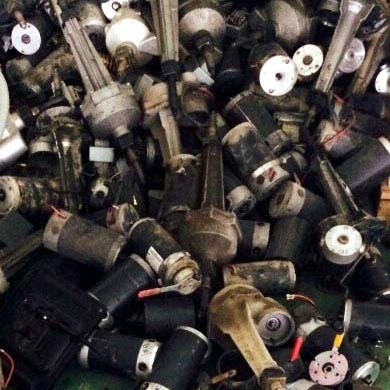 CT Engineering is committed to developing and manufacturing reliable high quality, high performance transaxles, gearbox drive units, motors and brakes for the global market. Recently it has come to our attention that much poorer quality counterfeit products, have come onto the market. These products have a very similar appearance, such as form factor and color; however they are far inferior in quality and reliability and are designed to mislead consumers. If you believe that you have purchased counterfeit CT Engineering products, please contact us immediately at info@ctEngineering.com.tw. We are pleased to provide assistance.
CT Engineering is committed to developing and manufacturing reliable high quality, high performance transaxles, gearbox drive units, motors and brakes for the global market. Recently it has come to our attention that much poorer quality counterfeit products, have come onto the market. These products have a very similar appearance, such as form factor and color; however they are far inferior in quality and reliability and are designed to mislead consumers. If you believe that you have purchased counterfeit CT Engineering products, please contact us immediately at info@ctEngineering.com.tw. We are pleased to provide assistance.
We have updated our Privacy Policy to be compliant with the new European Union General Data Protection Regulation ("EU GDPR") to give you more information about the information we collect, how we use it and the rights you have in relation to this information. You may heck out the full text of our updated policy or click here to agree our use of cookies.
CONTACT INFO
- Address: No.135, Zhongxiao 1st Street
East District, Chiayi City
60080, Taiwan (R.O.C.) - Contact Person: Mr. Roy Chang
- TEL: +886 (5) 276 2901
- FAX: +886 (5) 276 9947
- info@ctengineering.com.tw




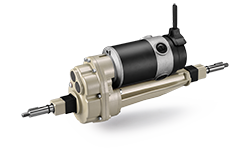


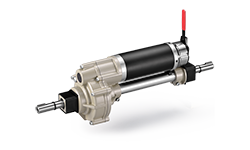
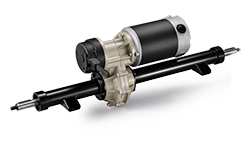
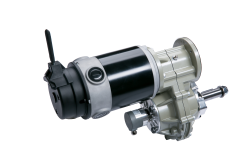
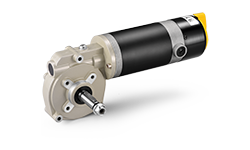
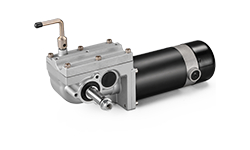
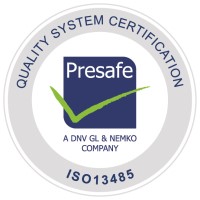
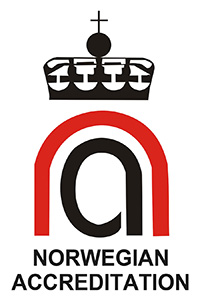
 Onsite Search
Onsite Search